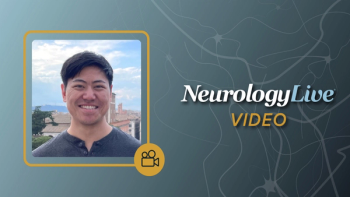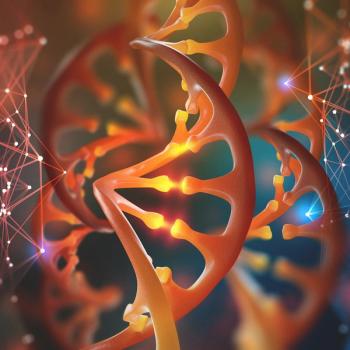
Gene Therapy for Sickle Cell Disease
Experts discuss the safety profile and cost of gene therapy for the management of sickle cell disease.
This content originally appeared on our sister site,
Transcript:
Sophie M. Lanzkron, MD, MHS: Gene therapy is really exciting. The holy grail of treating people with sickle cell disease is to be able to put something in that gets rid of that point mutation that causes the problem. There are a couple of different mechanisms that are being used for gene therapy. One is to try to insert a hemoglobin A gene. There’s also thought about increasing a fetal hemoglobin gene, and thenthere’s gene editing to try to turn off BCL11A in order to increase the body’s own production of fetal hemoglobin. Different folks are trying to approach this in different ways, all of which are very interesting, some with the goal of increasing the amount of hemoglobin A and some with the goal of trying to increase fetal hemoglobin levels.
Jeffrey D. Lebensburger, DO, MSPH: The goal for all of us needs to be, first, can we cure every patient with sickle cell disease who wants to be cured? Second, can we improve the quality of life of our patients? And third, can we prevent organ dysfunction? Anything that we can do to be able to cure our patients, whether this is gene therapy or a stem cell transplant, has to be a research priority. There are several studies going on looking at either gene modification or other forms of gene therapy. In February of 2021, Bluebird Bio had to suspend its clinical trial as they analyze the safety of gene therapy, and the concern is that some of the patients who underwent gene therapy developed leukemia. What we really need to understand is why, and is this due to the busulfan conditioning regimen? There was some suggestion that it was due to the busulfan. But there is still this question of whether it’s either the lentiviral insertion, or whether there are other gene therapy adverse effects that lead to leukemia. There’s a recent postulation that maybe it’s the switch from a homeostatic mechanism to regenerative mechanism that would promote potential leukemogenesis. Even though the Bluebird therapy trial was suspended, and the hope is that they are able to open it again, there are inherent issues whether it’s stem cell transplant or gene therapy. But that shouldn’t deter us from also wanting to pursue what our patients need, which is to be cured of their disease. We believe that most patients with sickle cell disease, if not all patients, deserve sickle cell modifying therapy. The hope is that someday we can safely and effectively offer curative therapies.
Any of the curative therapies should be able to be disease modifying, and we believe that in looking at our patients with sickle cell trait. While these patients for their own reasons may have kidney issues, overall, most patients with sickle cell trait are not impacted by sickle cell disease. The great thing about gene therapy is that we likely do not need to fully correct our patients. If we can just get them to a low enough sickle cell disease level, similar to many of their parents, where they don’t have sickle cell complications, then this would definitely be a disease-modifying therapy.
John J. Strouse, MD, PhD: It’s going to be expensive, and substantially more expensive in the short run than a blood transfusion, and substantially more expensive than stem cell therapy in the long run. We don’t know what the cost of gene therapeutic would be in the US. But the 1 agent that’s been approved in Europe for beta thalassemia, Bluebird Bio’s LentiGlobin, was just shy of $2 million, and that’s the acquisition of the gene therapeutic. You still need to do the autologous transplant and give people the high-dose busulfan and support them through that. Let’s say $2 million for gene therapy, if the cost is similar to Europe. This is substantially more than your average bone marrow transplant, where I typically think of cost for the first year in the $300,000 to $500,000 range. It’s also a curative therapy. Gene therapy will be substantially more expensive than other stem cell therapies we are using for people with sickle cell disease, such as match-related donor, or match-unrelated donor transplant, or haploidentical transplant. When we compare the cost, blood transfusion is a fairly expensive therapy because we often need to do chelation as well. I use a figure in my head with the cost of chelation of about $100,000 per year. It may be that gene therapy becomes cost-effective over time compared to blood transfusion, but it still is going to have an incremental cost even compared with blood transfusion for people with sickle cell disease. I do think that it has a potential for decreased toxicity compared to stem cell therapy, and potentially blood transfusion as well. Using a longer economic outlook, it may turn out to be cost-effective. But in the short and medium term, it’s going to certainly increase the cost for people who receive it for sickle cell disease.
Transcript edited for clarity.
Newsletter
Stay at the forefront of cutting-edge science with CGT—your direct line to expert insights, breakthrough data, and real-time coverage of the latest advancements in cell and gene therapy.






























